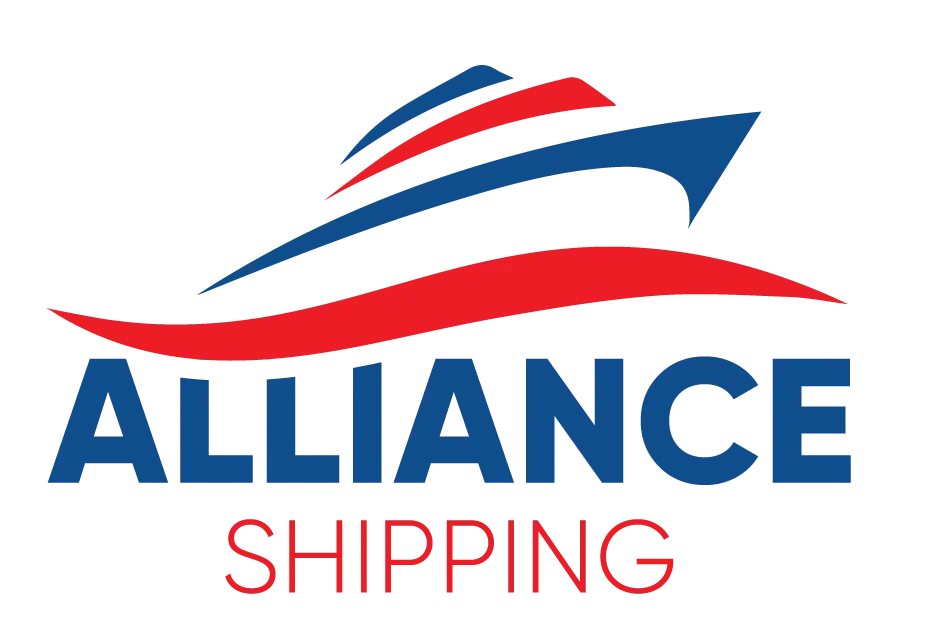Transportation is additionally challenging when it pertains to shipping meat since it is a sensitive item that requires, in most cases, to be cool. From hygienic standards of food processing to laws of packaging, firms involved in meat distribution must encourage safe measures. We at Alliance Shipping are competent in understanding the small aspect that is associated with shipping meat.
Alliance Shipping will teach you how to ensure it arrives at the intended destination safely and without being contaminated, and all the key considerations of shipping meat.
Why Proper Meat Shipping Matters
Shipping meat is a complex process in comparison with other food products. Temperature change comes with bacterial infection, so meat must be preserved at a certain temperature to reduce the growth of bacteria and keep fresh. Meat is also sensitive to improper temperatures and contamination. Palletization is vital because a product’s quality can be compromised if it is exposed to unsuitable weather conditions, and supply chain logistics need to be temperature-controlled to meet the current laws.
Key Considerations for Shipping Meat Safely
- Temperature Control
Effective management of temperature is among the significant when shipping meat. Usually, it is advised that fresh meat should be kept at a temperature that must not exceed – 32°F, or 0°C, to avoid decay. For frozen meat, the proper temperature is ideal below and close to 0°F (-18°C) at all times.
To reach these temperatures, Alliance Shipping suggests reefer containers, designed to maintain temperature no matter the situation on the shipping route. For shipments over longer distances, we employ advanced monitoring technology to track temperature fluctuations and adjust conditions as needed. This ensures meat arrives fresh and safe, no matter the journey.
- Selecting the Right Packaging Materials
Choosing the right packaging is another vital step in shipping meat. Optimal packaging reduces contact with physical, chemical, or biological agents, controls the rate of cooling or heating, and does not contaminate the preservative substances. Here are some effective packaging solutions to consider:
Insulated Box Liners: These liners, of shiny materials, ensure low-temperature fluctuations and are easily packed in small shipping boxes.
Foam Coolers: Foam coolers are highly insulating, they are suitable for small shipments.
Dry Ice and Gel Packs: For order that involves frozen products, they are accompanied by some dry ice packs to ensure low temperature. There is a specific advantage in using dry ice, for that mode is very efficient; however, there are disadvantages as well: dry ice must be properly stored and labeled since it is a hazardous material.
Meeting Regulatory Requirements
Shipping meat is restricted in health and safety conditions pertaining to the destination country. Domestically and internationally moving goods must meet a set standard or documentation and labeling requirements of the USA.
Essential Regulatory Documents
- Health Certificates: To demonstrate that the meat meets hygiene and safety standards.
- Export Permits: Necessary for cross-border shipments.
- Customs Documentation: Proper documentation, if done correctly, makes it easier to clear the processes and prevent expensive downtime.
It is much easier to adhere to those requirements due to a clear insight into the specific needs of each location and avoid any potential issues. At Alliance Shipping, we assist you by demystifying these requirements, to make the shipping process as smooth as possible.
Choosing the Right Shipping Method
Standard and expedited shipping options depend on when and where you need your shipment, and how much you are willing to spend. Meat is likely to go bad quickly, and therefore shipping meat may require expediting the shipment. You can also take a look at FCL shipping.
- Expedited Shipping: Especially suitable for the transportation of meat products since it means less time in transit and therefore improved product shelf life.
- Standard Shipping: Although it is cheaper, it is most effective for use where distances are small or where clients are okay with the delivery taking a longer time.
Tips for Effective Meat Shipping with Alliance Shipping
Pre-cool Products and Containers: Ensure that meat and containers are pre-cooled before loading. This helps maintain optimal temperatures and reduces the energy needed to keep items cool during transit.
Plan for Seasonal Variations: Temperature can fluctuate due to seasonal conditions. Planning shipments to accommodate these variations helps preserve meat quality.
Use Real-Time Temperature Tracking: Temperature for most of the perishable goods should therefore be kept on a real-time basis. Easy tracking solutions in Alliance Shipping notify you if there’s any deviation so that corrections are made in real-time, to ensure the product quality.
Optimize Packaging for Transit Duration: Different durations may require varied amounts of dry ice or gel packs. Consider the length of the trip, ambient temperatures, and shipping speed when selecting packaging materials.
Alliance Shipping: Making Meat Shipping Easy
At Alliance Shipping, we have elaborated the step-by-step process, which will help you in shipping meat products without fear of spoilage or contamination. Our team makes it easier for you since they help in the selection of the appropriate packaging as well as customs clearance.
Here’s how we make shipping meat easier for you:
- Specialized Knowledge: We have the necessary talent to manage all aspects of shipping meat so that perishable products arrive in one piece.
- Tailored Solutions: Our services reflect the uniqueness of each shipment by offering tailor-made solutions that meet the needs of either express distribution or niche-based orders.
- Customer Support: Even at the drop of a hat, our team is always on call to attend to your queries, issues, and, or changes on your consignment.
Final Thoughts
As said, shipping meat doesn’t necessarily have to be a complex process. From temperature control management, appropriate packaging, knowledge of laws, and proper choosing of freight services, you will be able to realize how your products will get to the consumer zone in the best condition. Such a complicated process is made easier when done in conjunction with a competent logistics provider, such as Alliance Shipping, with which you can comfortably ship meat products.
Whether you are a meat producer, meat supplier, or a meat distributor, we will assist you in making shipping meat a breeze. Call us today to get more information on how this company – Alliance Shipping, fulfills your shipping needs.























